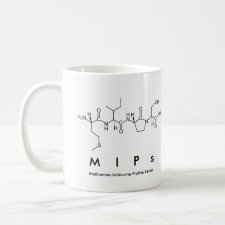
Authors: Joshi S, Lehmler HJ, Knutson BL, Rankin SE
Article Title: Imprinting of Stober particles for chirally-resolved adsorption of target monosaccharides and disaccharides.
Publication date: 2017
Journal: New Journal of Chemistry
Volume: 41
Issue: (20)
Page numbers: 11525-11532.
DOI: 10.1039/C7NJ01938F
Abstract: A simple, inexpensive, and tunable imprinting technique to produce nonporous particles for selective chirally-resolved adsorption of saccharides has been developed. A sugar-based surfactant is added early in the Stober particle synthesis process (60 seconds after the silica precursor addition) to create molecularly imprinted sites on the surface of the silica particles which are sensitive to the chirality of carbohydrate adsorbates. Mixtures of hexadecyltrimethylammonium bromide (CTAB), and n-octyl-β-d-glucopyranoside (C8G1) or n-dodecyl-β-d-maltopyranoside (C12G2) are employed to target adsorption of d-glucose or d-maltose, respectively. The adsorption of d-glucose on these imprinted materials is enhanced by almost 1.5 times over adsorption of other hexoses like d-mannose and d-galactose which differ by a change at only one chiral center. d-Glucose showed a difference in adsorption of greater than 3 times over the enantiomer l-glucose. Materials imprinted to target d-maltose showed nearly 5 times enhancement in adsorption of d-maltose over cellobiose at the lowest tested concentration. This study shows that a direct molecular imprinting approach of the surface of freshly prepared, soft silica particles can yield particles that exhibit preferential adsorption for a chiral target over similar molecules differing by one or more chiral centers, or by the anomeric attachment within polysaccharides
Template and target information: n-octyl-β-d-glucopyranoside, C8G1, n-dodecyl-β-d-maltopyranoside, C12G2, d-glucose, d-maltose



Join the Society for Molecular Imprinting

New items RSS feed
Sign-up for e-mail updates:
Choose between receiving an occasional newsletter or more frequent e-mail alerts.
Click here to go to the sign-up page.
Is your name elemental or peptidic? Enter your name and find out by clicking either of the buttons below!
Other products you may like:
 MIPdatabase
MIPdatabase









